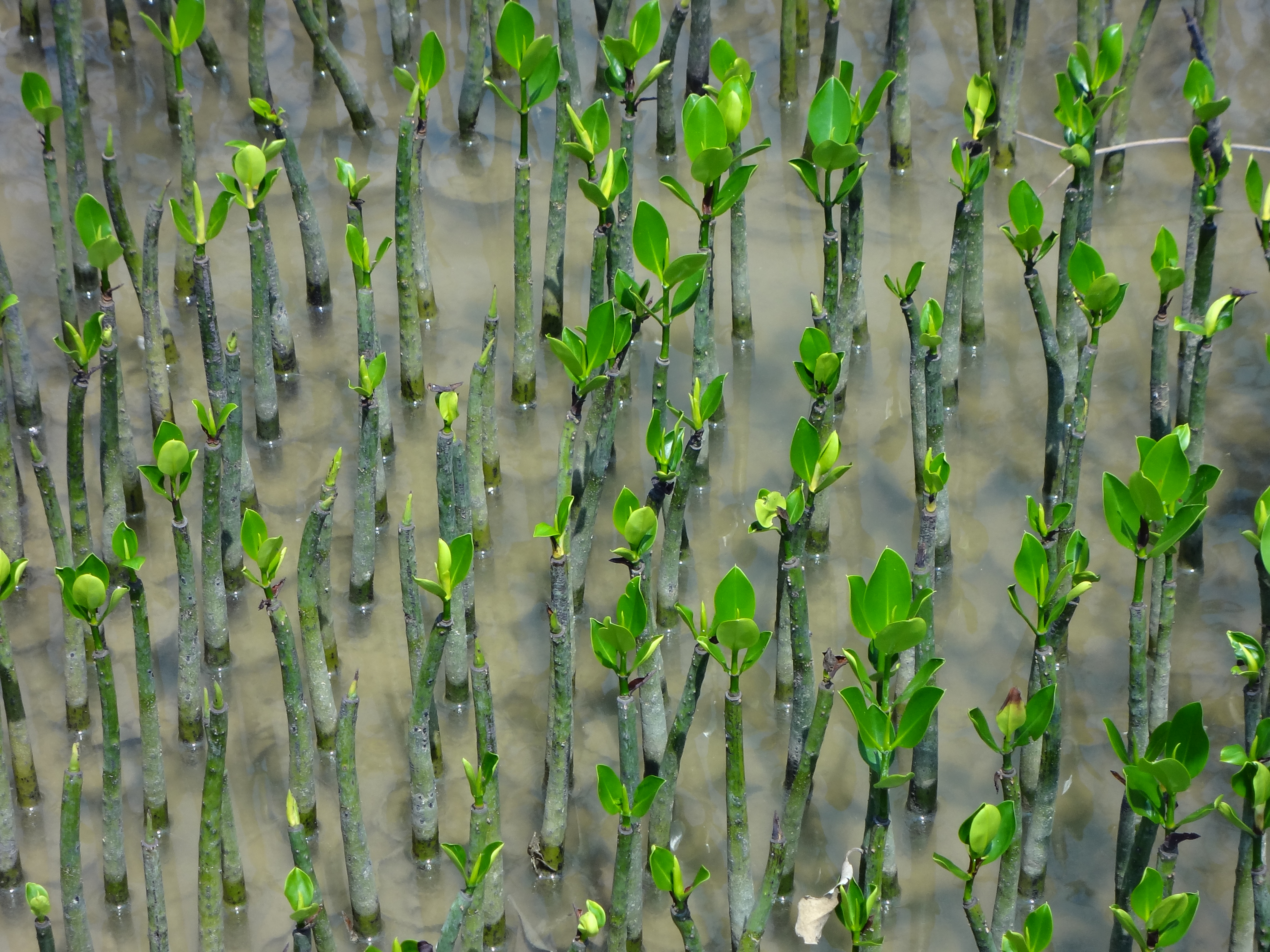
Natural infrastructure solutions
-
Natural infrastructure solutions
Wetlands are nature’s flood storage areas, evolving to act as a buffer against floods and protect coastlines during storm surges. As civilisations developed alongside floodplains – using their fertile soils as important agricultural areas and utilising the flat land to live – they altered existing conditions causing these ecosystems to lose their natural functions, hereby increasing the risk of and leaving communities vulnerable to natural hazards.
In both developed and developing countries, rivers are often cut off from floodplains and channelized for irrigation and navigation purposes. Modern, engineered flood defense structures such as dams and dikes have replaced wetlands and their water storage capabilities. This keeps floodwaters away from vulnerable agricultural and urban infrastructure as water is literally kept out of the wider landscape leading to significant wetland loss.
There is growing evidence that replacing wetlands with hard infrastructure is not more cost-efficient, desirable or even safe. Constructing ever larger and more extensive built flood defences is expensive and poses a greater risk of catastrophe should they fail.
Instead, restoring natural features and processes to the river, such as floodplains and wetlands, can provide benefits for people and nature. In addition to reducing the risk of floods, this can create a healthier and more attractive landscape with opportunities for nature and recreation.
We work to promote restored floodplains as key components of cost-effective and efficient flood risk management in Malaysia.
